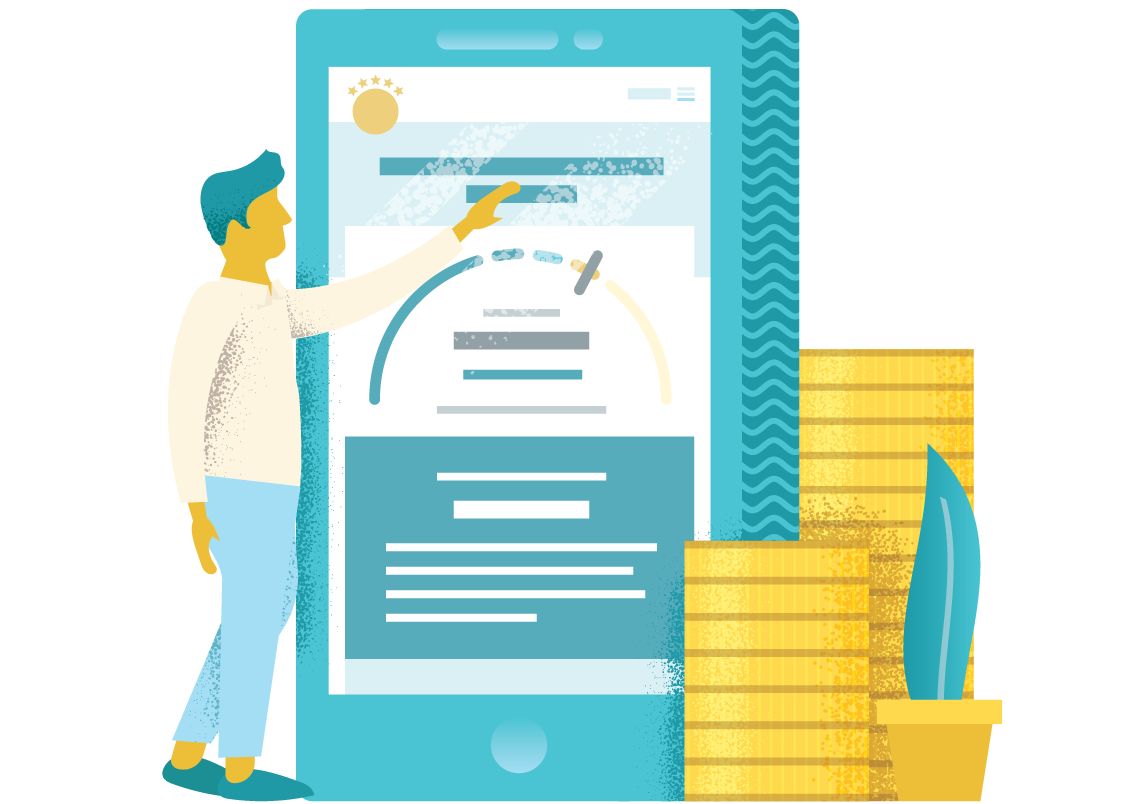No one starts out with a high credit score – they have to earn it over time by being financially responsible and proving they can successful take on or manage debt or credit. Someone who has never had a credit card or a home loan, for example, may have a very low credit score as they have no credit history.
If your credit score is low but you’ve never had a negative event recorded on your credit report, you could be in a good position to work on improving your credit score.
It’s also worth remembering that when you make an application for credit, this will likely be recorded on your report, along with whether the application was approved and if you took out the product. There’s a possibility, therefore, that large numbers of rejected or unfulfilled applications on your credit report could lead to a lower credit score.
There’s also a chance that your credit report could contain errors, leading to a misleading score. It can be beneficial to regularly check your credit report to ensure that the information is accurate. If you notice an error, you should consider contacting the credit bureau who may be able to investigate the complaint on your behalf and look into removing the listing.

